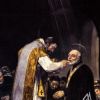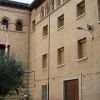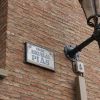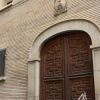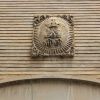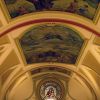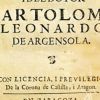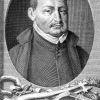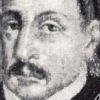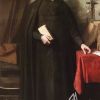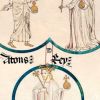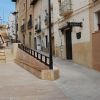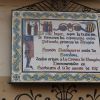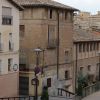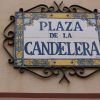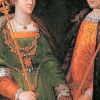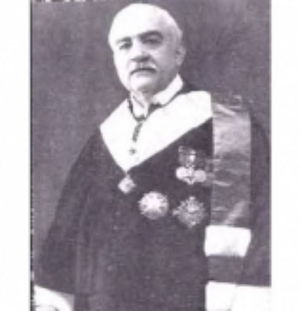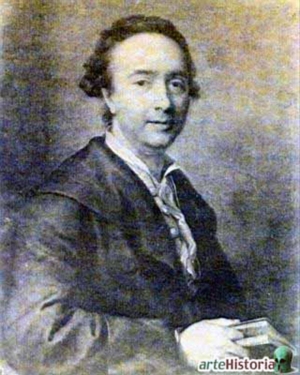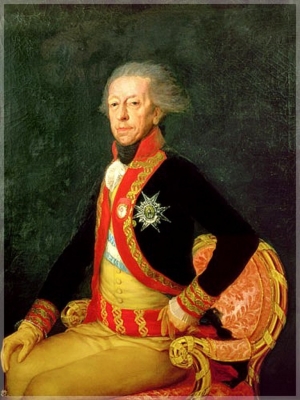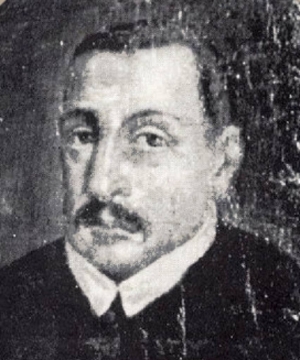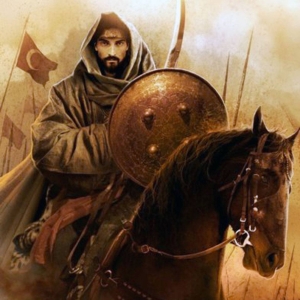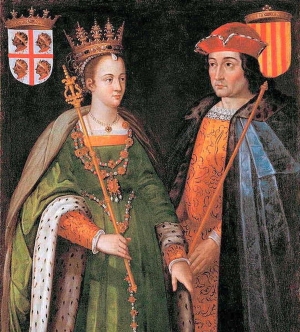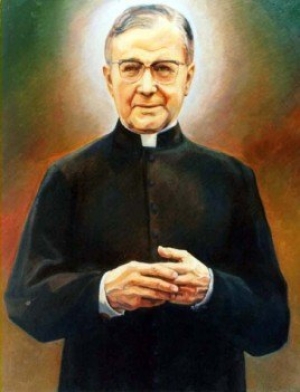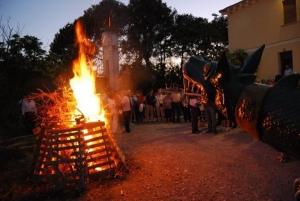Ruta de los personajes históricos
Jalaf Ibn Rashid. Alquézar
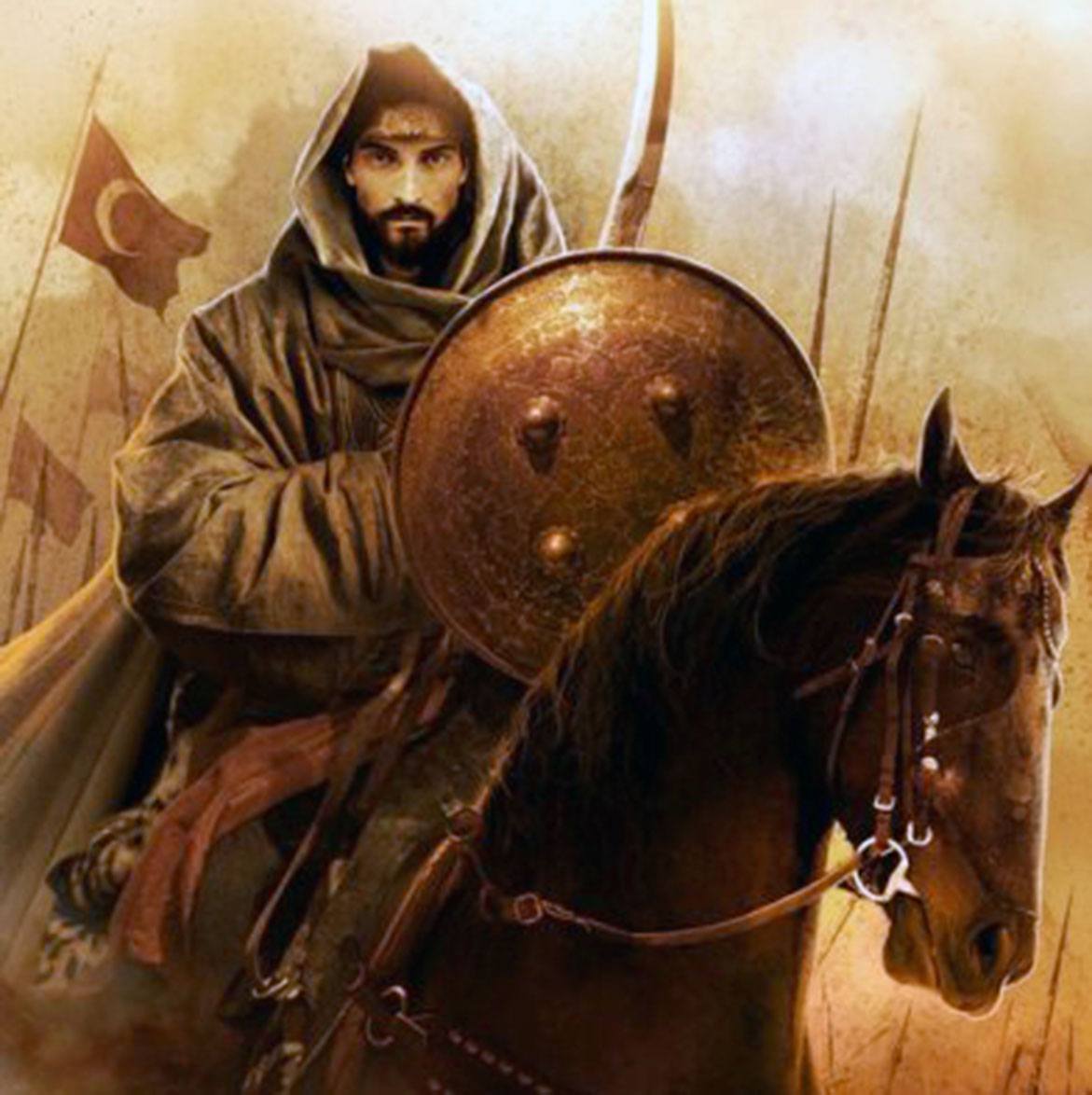
In the 9th century Islamic peace was changed by the intervention of the Carolingian court to the south of the Pyrenees. The Upper Region of al-Andalus was in turmoil because of internal fighting between the Muslim leaders of High Aragon.
At this point of the civil war, two soldiers came from rebel lines to swear allegiance to the emirate; one was Jalaf ibn Rasid who was allied to rebel leader Bahlul ibn Marzuq. In the year 802, Jalaf changed his way of thinking and stood up to Bahlul, who had to take refuge in the castle at Barbastro. After then being expelled from the castle he was killed by Jalaf who took over his property and possessions in Huesca and Barbitaniya.
Jalaf made his headquarters in Barbastro, extending and fortifying the incipient city and maintaining his power there until 861, the year he died. He was succeeded by his son, Abd Allah ibn Jalaf, who remained relatively independent from Cordoba power during the emirates of Al Hakam I and Abd al Rahman II. Jalaf ibn Rasid ibn Asad is remembered most as the person responsible for the construction of the castle in Alquézar and for the creation of the city of Barbastro.
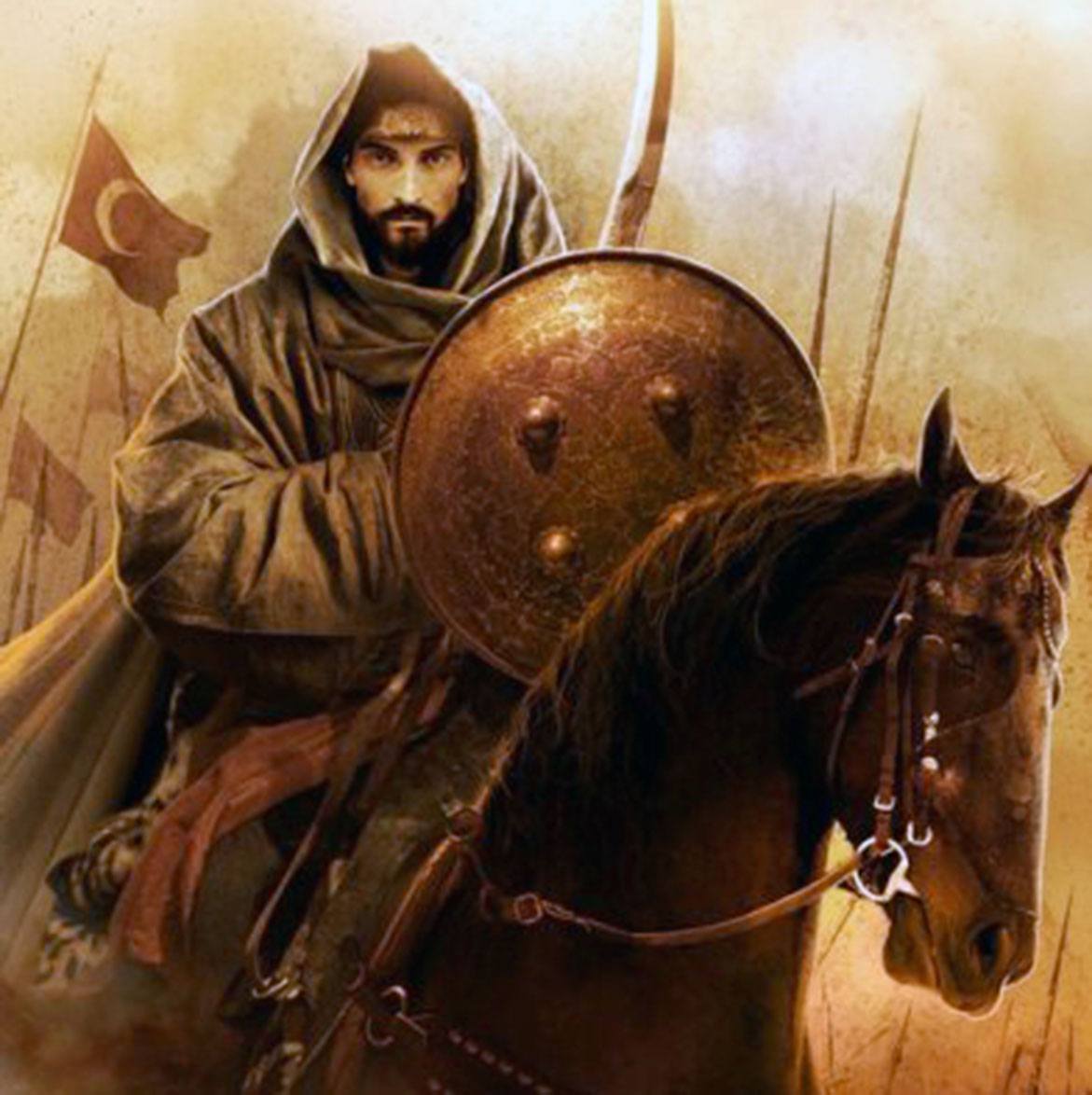
Doctor Martínez Vargas. Barbastro
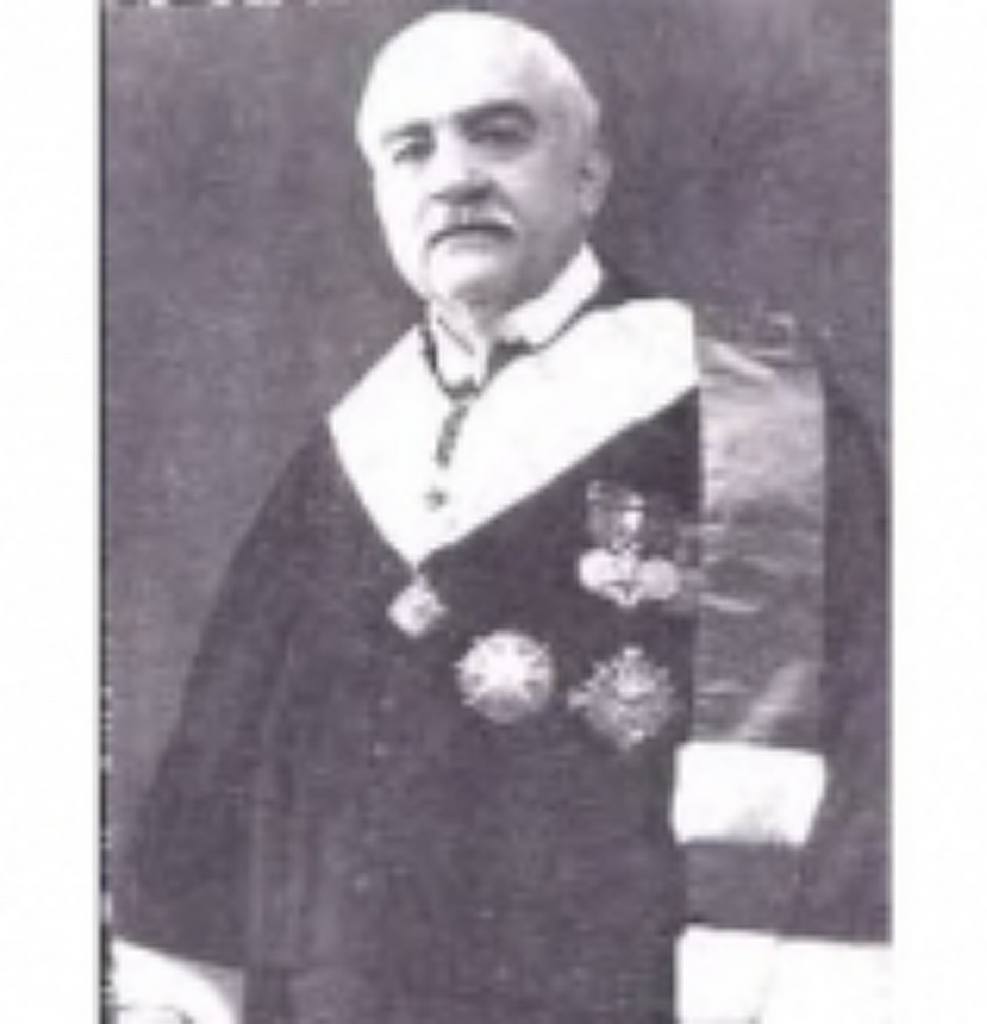
Dr. Andrés Martínez Vargas was born in Barbastro in 1861 and studied for his baccalaureate at the school of Los Escolapios. He went on to study medicine in Zaragoza, obtaining his doctorate from the Central University. He continued his studies in the USA where he specialised in paediatrics and, upon his return in 1888, obtained one of the recently created professorships for infant disease in Granada. In 1892 he was selected to work in the Faculty of Medicine in Barcelona.
He was founder and director of the Spanish magazine “La Medicina de los niños” and from 1914 onwards organised conventions for Spanish paediatricians as well as participating in others abroad. He was a strong believer of nipiology, a discipline that originated in Italy, and went on to found the first “Instituto Nipiológico” in Barbastro in 1916. Nipiology is a branch of paediatrics that specialised in the study of children up to the age of 2, around the time they start to talk. Its objective was to attend to the hygienic, medical, legal and social issues relating to children in infancy. The institute had the support of Dr. Fidencio Sesé, who, in 1925, publicly highlighted the reduction in infant death. Despite an epidemic of measles in the city, there had been only 23 deaths in children under the age of 5, an extraordinarily low figure in comparison with previous years.
Dr. Martínez Vargas is considered to be the patron of Spanish paediatrics and his influence in Aragon was decisive due to his great organisational skills, his excellent institutional relations and his capacity for work. He died in Barcelona in 1948.
Argensola Brothers. Barbastro
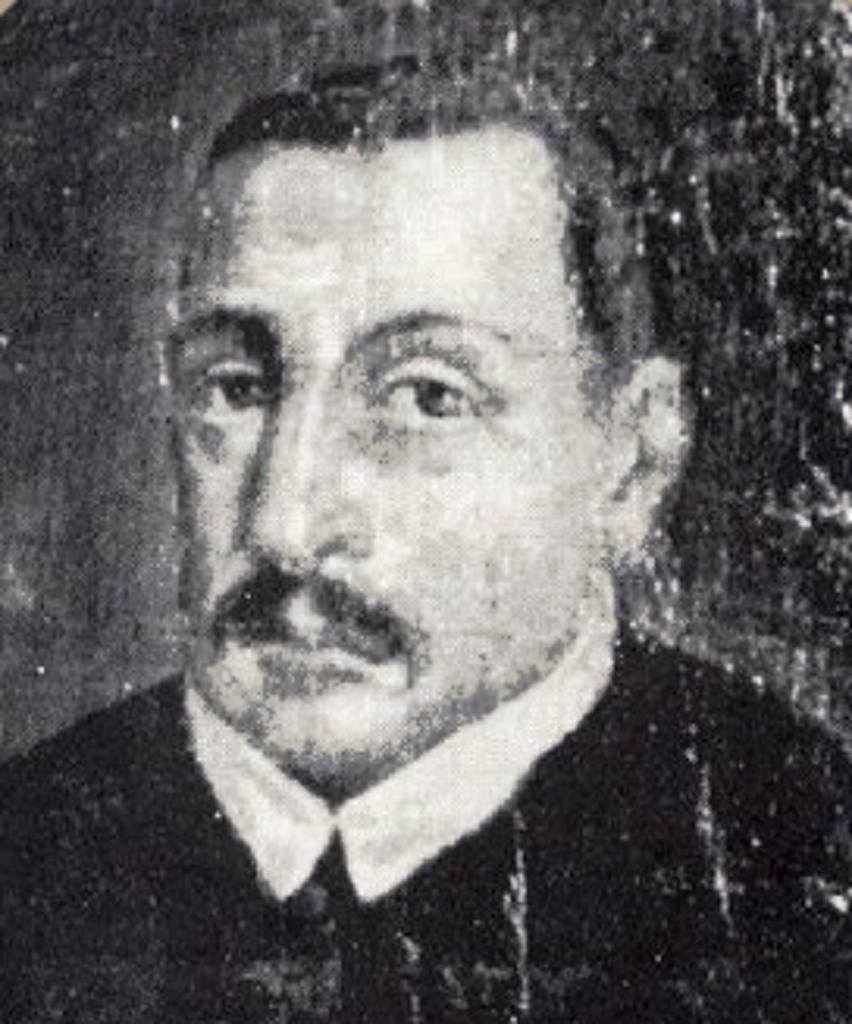
The birthplace of the Argensola brothers is found in Barbastro, in the palace that bears their name.
At the beginning of the 16th century, Pedro Leonardo de Argensola, a descendent of the Italian noble house of Rávena, arrived in Spain and placed himself in the service of Fernando “El Católico”. He later moved to Barbastro.
His grandsons, Lupercio and Bartolomé Leonardo de Argensola, who were fond of archaeology and spoke fluent Latin, became the best representatives of classic poetry of the era, halfway between the 16th and 17th centuries.
Both men gained the favour and admiration of Lope de Vega (poet and playwright) who said of them; “It appears they come from Aragon to reform the Castilian language of our poets.”
Lupercio Leonardo de Argensola (1559-1613) was the Aragon Chronicler; in Madrid he was secretary to Empress Maria of Austria and in Naples, secretary to Virrey. His poetry is moral and philosophical, sober, serious and unsensual. In fact, none of his romantic sonnets make reference to intimate feelings. Lupercio’s criticism of the constant romantic complaints of Lope de Vega’s poems resulted in him dedicating an audacious verse to his rival.
In addition to poetry, he wrote plays such as La Filis, La Isabela and La Alejandra. Cervantes made reference to these in his book, Don Quijote:
'Tell me, do you not recollect that a few years ago, there were
three tragedies acted in Spain, written by a famous poet of these
kingdoms, which were such that they filled all who heard them with
admiration, delight, and interest, the ignorant as well as the wise,
the masses as well as the higher orders, and brought in more money
to the performers, these three alone, than thirty of the best that
have been since produced?'
"'No doubt,' replied the actor in question, 'you mean the
"Isabella," the "Phyllis," and the "Alexandra."'
In his plays there is never a moment of happiness and plenty of death; in fact in Alexandra everyone dies.
Bartolomé Leonardo de Argensola (1561-1634) was priest, chaplain to the Empress and Aragon Chronicler upon the death of his brother. He wrote Conquista de las Islas Molucas a book that was even translated into English. At the University of Salamanca he got to know Fray Luis de León and in Rome he met Galileo. More cultured and refined than his brother, he became a terrible critic of the vices of the era, of certain feminine customs and even of lawyers through his satirical poems.
Petronila de Aragón. Barbastro
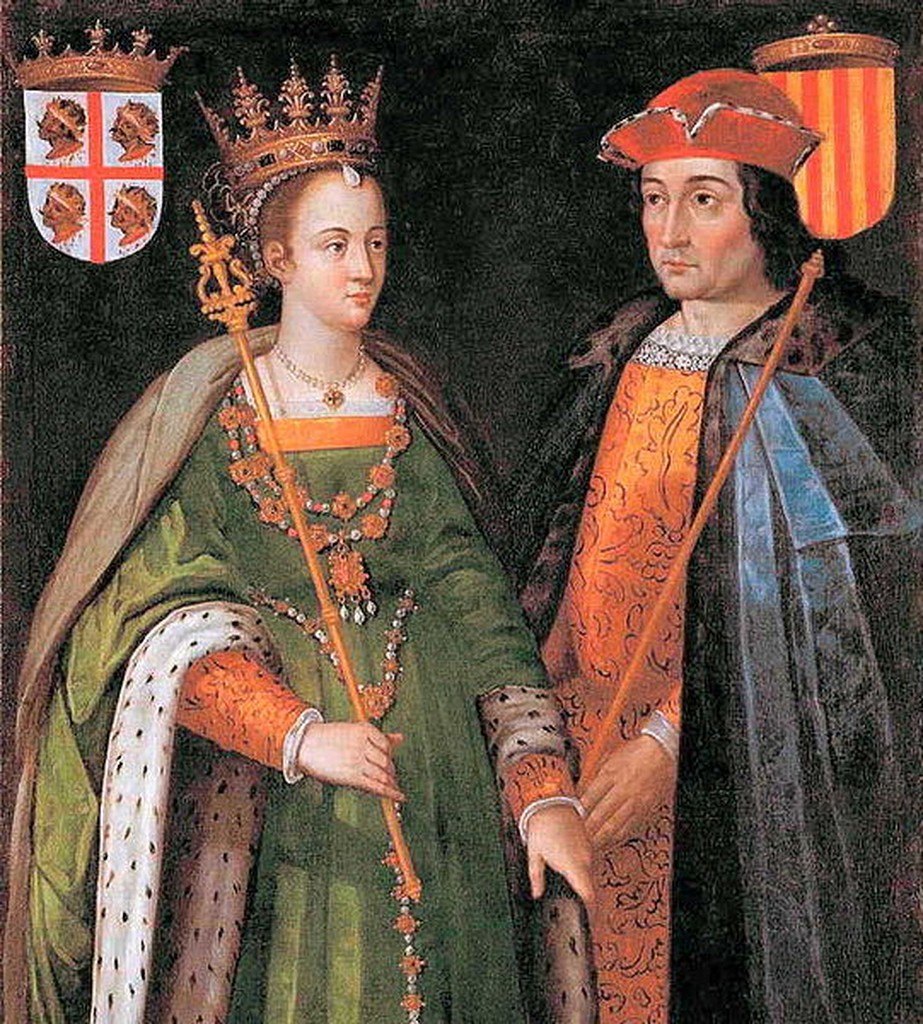
Upon the death of Alfonso the Warrior, King of Argon, the problem of who would succeed him arose as his testament left the Kingdom of Aragon to military rule. To resolve the conflict his brother, Ramiro II, who was a Benedictine monk at the time, was chosen by the Aragonese nobility to succeed to the throne.
Ramiro married Inés de Poitou by special papal licence and in 1136 the couple produced a daughter; Petronila, the future queen of Aragon. On 11th August 1137 and under great pressure by the nobles and the papacy, Ramiro arranged the marriage of Petronila, who was only five years old at the time, to Ramón Berenguer IV. Ramón was 24 years old, the count of Barcelona and a Templar Knight His noble lineage meant that he could carry the title of prince of Aragon and so assume rule of the kingdom without dishonouring the Aragonese nobility.
According to tradition, this monumental event took place in the Plaza de la Candelera. The union joined Aragon and Catalunya and gave rise to the historic Crown of Aragon, ratified in 1150 with the marriage of Petronila and Ramón Berenguer in the cathedral of Lerida.
The reign of Ramiro II lasted only three years; as soon as the crisis of succession was resolved and the kingdom was in safe hands he abdicated in favour of his daughter, Petronila.


